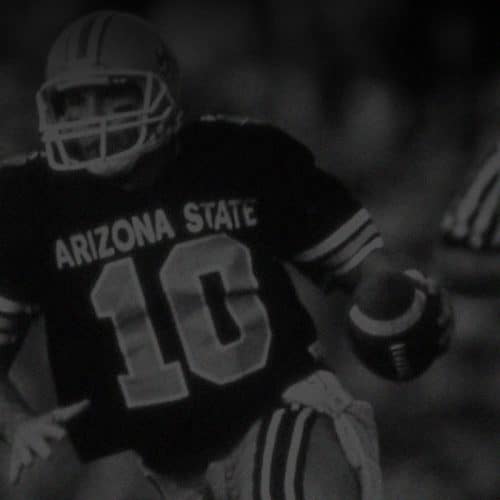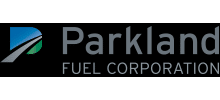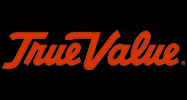Sponsoring a team or league can be an extremely effective way of getting your brand in front of fans, but corporate partnerships have seen quite the evolution over the years.
In years past, a key executive may have just wanted to see their brand’s sign in the same outfield of the ballpark he grew up attending. Better yet, throw in some tickets so they can show that off to their employees and clients and we had a happy partner.
That all sounds fine and dandy, but when you’re talking anywhere from thousands to hundreds of millions of dollars, brands need to prove that their sponsorship spending is showing positive Return on Investment (ROI) or Return on Objectives (ROO).
With so much data at our fingertips, we are now able to quantify the business objectives identified by brands. Whether it’s building brand awareness through signage at a stadium or driving consumers to retail, it needs to be measurable to know which assets within a sponsorship are effective.
Anheuser-Busch recently added another step to this evolutionary process when they announced in April 2018 that they would be moving future sponsorship agreements to an incentive-based model. The new model will still include a base compensation amount, but other metrics could be triggered based on performance.
A-B has agreed to implement the incentive-based model with the Saints, Dodgers, Timberwolves, and NASCAR and will continue to add more partners to that list once their current sponsorship agreements are up for renewal or new deals are secured. For a brand that spends hundreds of millions of dollars each year, it makes sense that they are the ones leading the charge. The real question is whether other brands will follow suit and continue to push the evolution of sports sponsorships.
Interested in learning how we can help you meet your business objectives through sports? Contact us today.










